Regardless of your vessel type or size, having access to a clear, magnified view of your surroundings is one key to safe boating. The best way to achieve this magnified view is with a good pair of marine binoculars. As you know, slapping the moniker “marine” on anything makes it more expensive, but, in this case, the “marine binocular” is a specific kind of optic—not just an expensive name change for terrestrial binoculars.
To continue reading this article or issue you must be a paid member. Sign in
Join Practical Sailor
Get full access to Practical-Sailor.com – more than 4,000 articles – for just $34.
Join today and save 42% off our full price.













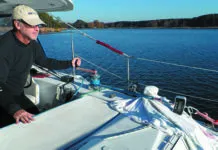





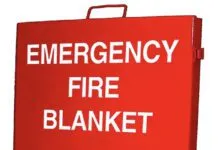
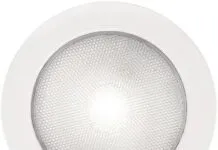
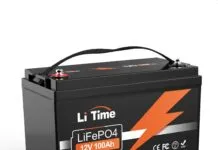


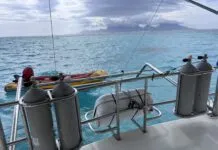
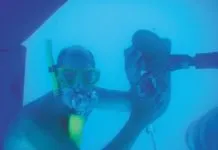



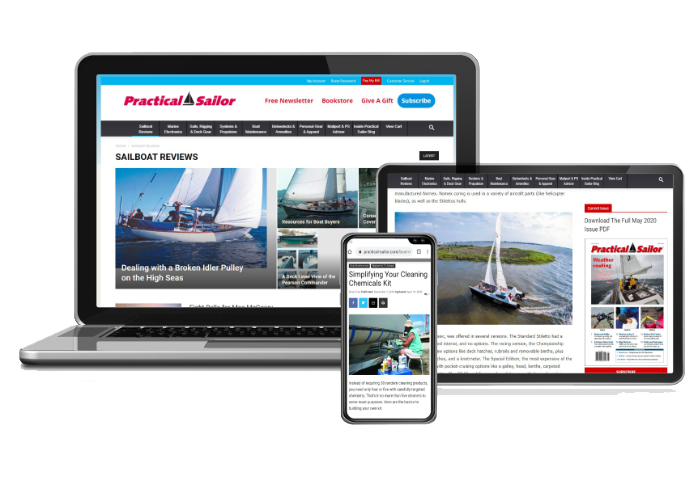






Wish I had this thorough review when I was shopping for replacement binoculars all those years ago. As it happened, I bought Steiner Navigators as sailing buddies highly recommended them. I haven’t looked back. A very nicely written review. Thank you!
Thanks Bert!
You definitely have a nice pair of binos with the Steiners. I am glad they are working out well for you!
Thanks for reading!
Best,
Todd
I recently read an in depth argument for 7×30 binoculars. I will cut to the main point of the author: sailors of a certain age, say older than 45 years, nolongor have the same elasticity in thier iris as younger sailors. The result is that thier eyes, even after prolonged darkness, never open to 8mm. So the smaller exit pupil of a 7×30 actually projects a more complete, brighter, wider image to the retina. The larger exit pupil of the 7×50 have a significant % of image area reflecting back off the eye ball. The author went through the optical math. He reiterated that 7×50 was preferd below a certain age, and recommended carrying both if it was in the budget. And the older sailor would find the 7×30 produced better viewing for aging eyes. I have used mine next to 7×50 binos and was very happy, but I have not had the opportunity yet to compare them to 7x50s of the same quality. 7×30 Stieners against 7×50 entry level west marine may not be a fair comparison.
Hi Carl,
Thanks for chiming in! The author you reference makes very valid points and I hope to never become an “older sailor.” Ooops. Too late!
The advantages of a 7×30 pair is size, weight, and (usually) price. Having said that, my guess is that a 7×50 pair will still transmit a slightly brighter view regardless of the size of your pupil.
I don’t think you can go wrong with good pair of 7x50s, regardless of your age. But, if you want a smaller and lighter pair of binoculars (and might be an “older sailor”), then 7x30s might be a great solution.
I appreciate you sharing the information. Thank you for reading!
Best,
Todd